Home>Home Appliances>Home Automation Appliances>What Is Alexa Echo
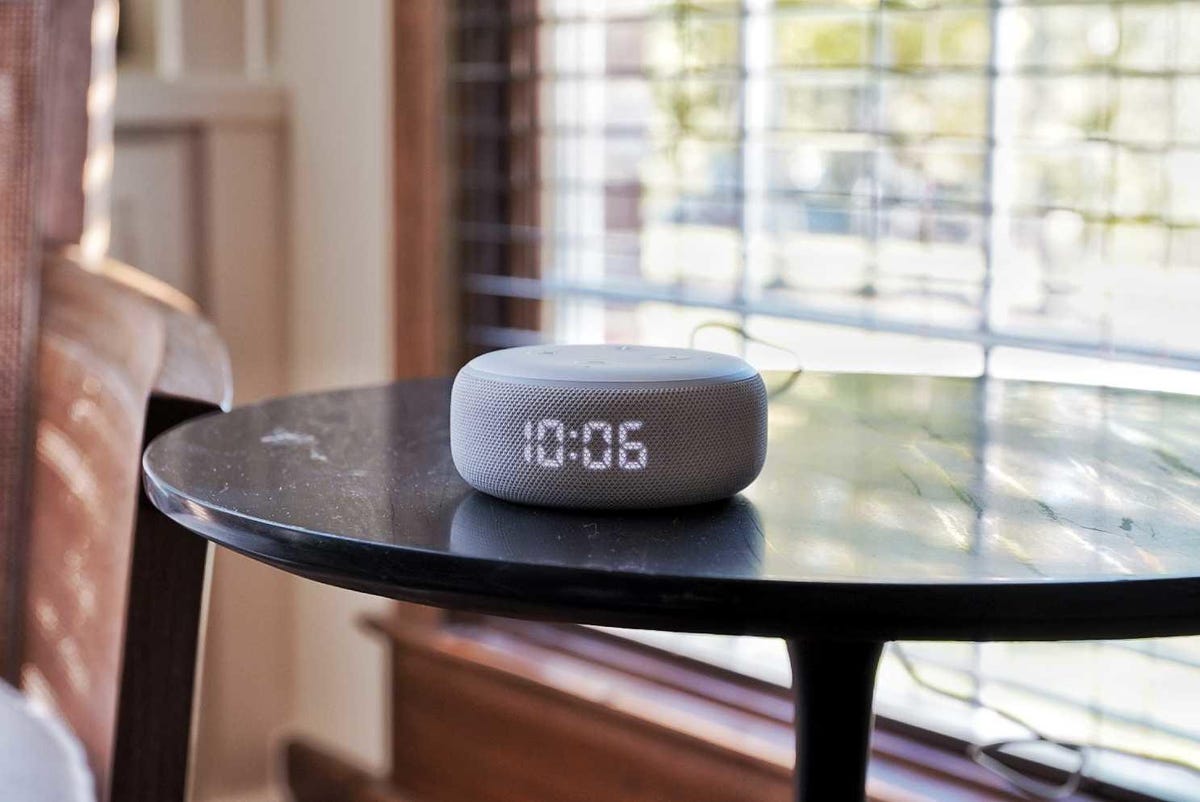

Home Automation Appliances
What Is Alexa Echo
Modified: January 6, 2024
Learn about the benefits of Alexa Echo for your home automation appliances. Discover how this smart device can simplify your daily tasks and enhance your living space. Unlock the potential of home automation with Alexa Echo.
(Many of the links in this article redirect to a specific reviewed product. Your purchase of these products through affiliate links helps to generate commission for Storables.com, at no extra cost. Learn more)
Introduction
Welcome to the world of Alexa Echo, where the future meets the present in a seamless blend of convenience and innovation. Alexa Echo is not just a smart speaker; it's a virtual assistant that can simplify your life and elevate your home automation experience. This groundbreaking device, developed by Amazon, has revolutionized the way we interact with technology within our homes. Whether you're a tech enthusiast or a novice in the realm of smart devices, Alexa Echo has something to offer for everyone.
The versatility of Alexa Echo extends far beyond playing music or setting reminders. It serves as a gateway to a connected ecosystem, enabling you to control various smart home devices, answer questions, provide weather updates, and even assist with shopping lists. The amalgamation of artificial intelligence and voice recognition technology has empowered Alexa Echo to become an indispensable part of countless households worldwide.
In this comprehensive guide, we will delve into the intricacies of Alexa Echo, exploring its history, features, functionality, setup process, usage scenarios, and most importantly, privacy and security considerations. By the end of this journey, you will gain a profound understanding of how Alexa Echo can augment your daily routine while addressing any concerns you may have regarding data privacy and device security. So, let's embark on this enlightening expedition to unravel the marvels of Alexa Echo.
Key Takeaways:
- Alexa Echo is more than just a smart speaker; it’s a versatile virtual assistant that simplifies daily tasks, controls smart home devices, and provides valuable information, all while prioritizing user privacy and security.
- With advanced voice recognition and AI, Alexa Echo seamlessly integrates into the home, offering features like music streaming, smart home control, and customizable routines. Its commitment to privacy and security ensures a safe and empowering user experience.
Read more: What Is Alexa Echo Dot
History of Alexa Echo
The inception of Alexa Echo can be traced back to November 6, 2014, when Amazon unveiled the first-generation Echo. This pioneering smart speaker marked the debut of Amazon’s virtual assistant, Alexa, which would subsequently redefine the concept of voice-activated technology. Initially, the Echo was positioned as a cutting-edge speaker with voice control capabilities, but its evolution into a multifaceted smart home hub was imminent.
As the demand for smart home automation surged, Amazon continued to refine and expand the Echo lineup, introducing new iterations such as the Echo Dot, Echo Show, and Echo Plus. These devices not only improved the audio quality and design aesthetics but also integrated additional features to bolster their utility within the smart home ecosystem.
With each successive generation, Alexa Echo underwent significant enhancements, including the refinement of its natural language processing, expansion of compatible smart home devices, and the integration of third-party skills through the Alexa Skills Kit. This steady progression transformed Alexa Echo from a mere novelty into an indispensable tool for managing daily tasks, accessing information, and controlling smart home devices with unparalleled ease.
Furthermore, Amazon’s commitment to fostering a robust developer community led to the proliferation of Alexa skills, enabling users to customize their Echo devices according to their preferences and interests. The continuous innovation and refinement of Alexa Echo have solidified its position as a trailblazer in the realm of smart home technology, captivating the imagination of consumers and inspiring a wave of competition in the market.
As the legacy of Alexa Echo continues to unfold, Amazon remains dedicated to enhancing its capabilities, expanding its compatibility with an array of smart devices, and ensuring that it remains at the forefront of the rapidly evolving landscape of home automation and artificial intelligence.
Features of Alexa Echo
Alexa Echo is equipped with a myriad of features that transcend conventional smart speakers, elevating it to the status of a versatile virtual assistant and smart home controller. Here are some of the key features that distinguish Alexa Echo:
- Voice Control: Alexa Echo leverages advanced far-field voice recognition technology, allowing users to interact with it from across the room. Its ability to comprehend natural language commands enables seamless control over various tasks and smart home devices.
- Smart Home Integration: Alexa Echo serves as a central hub for managing smart home devices, including lights, thermostats, locks, and more. Its compatibility with a wide range of smart home brands and protocols makes it an indispensable tool for creating a connected home ecosystem.
- Music Streaming: Alexa Echo enables users to access and stream music from popular services such as Amazon Music, Spotify, Apple Music, and more. Its high-quality speakers deliver immersive sound, enhancing the listening experience.
- Information Retrieval: By simply asking Alexa, users can obtain real-time weather updates, news briefings, sports scores, and answers to a diverse array of questions, making it a valuable source of information and assistance.
- Skills and Customization: Alexa Echo can be enhanced with a vast array of skills, which are voice-activated applications that extend its functionality. Users can customize their experience by enabling skills for tasks such as ordering food, requesting rides, playing interactive games, and much more.
- Voice Calls and Messaging: With Alexa Echo, users can make hands-free voice calls and send messages to other Echo devices or individuals with the Alexa app, fostering seamless communication within the home environment.
- Routines and Automation: Alexa Echo empowers users to create personalized routines and automate tasks, such as turning on lights at a specific time, adjusting thermostats, and executing a sequence of actions with a single voice command.
These features collectively position Alexa Echo as a comprehensive solution for streamlining daily tasks, enhancing entertainment experiences, and orchestrating a connected and efficient smart home environment. The synergy of its capabilities makes Alexa Echo a quintessential addition to any modern household, redefining the way we interact with technology within our living spaces.
How Alexa Echo Works
Alexa Echo operates on a sophisticated blend of hardware and software, seamlessly integrating voice recognition, artificial intelligence, and cloud-based services to deliver a seamless and intuitive user experience. At the core of its functionality lies the following key components:
- Voice Recognition: The Echo device is equipped with an array of microphones and advanced beamforming technology, enabling it to accurately capture voice commands from various directions and distances. This facilitates hands-free interaction, allowing users to communicate with Alexa without the need to press any buttons.
- Natural Language Processing: Once a voice command is captured, Alexa employs natural language processing algorithms to interpret and comprehend the user’s intent. This enables it to understand conversational prompts, follow-up questions, and contextual commands, enhancing the fluidity of interactions.
- Cloud-Based AI: The processed voice commands are transmitted to Amazon’s cloud-based Alexa Voice Service, where the complex tasks of understanding, executing, and responding to the user’s requests take place. This cloud-based AI infrastructure enables Alexa to access a vast repository of information and execute a diverse range of tasks with remarkable speed and accuracy.
- Skills and Integrations: Alexa Echo’s capabilities are further augmented by its compatibility with a multitude of third-party skills and smart home integrations. These skills expand its functionality, allowing users to perform tasks such as ordering food, controlling smart home devices, playing games, and accessing a wide array of services through voice commands.
- Feedback and Learning: Alexa Echo continuously refines its performance through user interactions and feedback. Over time, it learns user preferences, speech patterns, and refines its responses to align with individual preferences, thereby personalizing the user experience.
By harmonizing these elements, Alexa Echo orchestrates a seamless and responsive interaction that transcends traditional user interfaces. Its ability to comprehend and execute a diverse array of commands, coupled with its adaptability to user preferences, underscores the sophistication of its underlying technology. Whether it’s controlling smart home devices, retrieving information, or entertaining users with music and games, Alexa Echo operates as a unified and intelligent virtual assistant, enriching the daily lives of its users.
Alexa Echo is a smart speaker developed by Amazon that can play music, answer questions, control smart home devices, and more. It uses voice commands and can be a helpful tool for managing daily tasks.
Setting Up Alexa Echo
Setting up your Alexa Echo device is a straightforward process that ensures a smooth integration into your home environment. Follow these steps to get started:
- Unboxing and Powering On: Unpack your Alexa Echo device and connect it to a power source using the provided power adapter. Once powered on, the device will indicate its readiness to begin the setup process.
- Download the Alexa App: To configure your Echo device, download the Amazon Alexa app on your smartphone or tablet from the respective app store. The app is available for both iOS and Android devices.
- Launch the Alexa App: Open the Alexa app and sign in with your Amazon account credentials. If you don’t have an Amazon account, you can create one during the setup process.
- Add Device: In the app, navigate to the “Devices” tab and select “Add Device.” Choose “Amazon Echo” from the list of available devices and follow the on-screen instructions to proceed with the setup.
- Connect to Wi-Fi: During the setup, you will be prompted to connect your Echo device to your Wi-Fi network. Select your network from the list of available options and enter the network password when prompted.
- Wait for Setup Completion: Once the Wi-Fi connection is established, the app will finalize the setup process, and your Echo device will be ready for use. At this point, you can customize settings, configure preferences, and explore the various features of Alexa Echo.
Upon completing these steps, your Alexa Echo device will be seamlessly integrated into your home environment, ready to respond to your voice commands and cater to your needs. The setup process ensures that your Echo device is personalized to your preferences and connected to your home network, laying the foundation for a seamless and intuitive user experience.
Read more: What To Do With Alexa Echo Plus
Using Alexa Echo
Once your Alexa Echo device is set up, you can unlock its full potential by leveraging its diverse capabilities. Here are some common scenarios and commands for using Alexa Echo:
- Voice Commands: Interact with Alexa Echo by using wake words such as “Alexa,” “Echo,” or “Computer,” followed by a command or question. For example, “Alexa, what’s the weather today?” or “Echo, play my morning playlist.”
- Smart Home Control: Utilize voice commands to control compatible smart home devices. For instance, you can say, “Turn off the living room lights,” or “Set the thermostat to 72 degrees.”
- Music and Entertainment: Ask Alexa to play music from popular streaming services, create playlists, or even identify songs by their lyrics. You can also request Alexa to tell jokes, provide daily news briefings, or play interactive games.
- Information Retrieval: Inquire about a wide range of topics, including general knowledge, sports scores, movie showtimes, recipe instructions, and more. Simply ask Alexa for the information you need, and it will promptly respond with relevant details.
- Reminders and Alarms: Set reminders, timers, and alarms using voice commands. For example, you can say, “Set a timer for 20 minutes,” or “Remind me to water the plants at 6 PM.”
- Communication: Make hands-free voice calls to contacts in your address book or other Alexa devices within your home. You can also send messages to individuals with the Alexa app installed on their devices.
- Custom Routines: Create personalized routines to automate tasks and execute a sequence of actions with a single voice command. For instance, you can set up a “Good Morning” routine to turn on lights, provide weather updates, and play your favorite news podcast.
These examples represent just a fraction of the myriad ways you can utilize Alexa Echo to streamline tasks, access information, and enhance your daily routine. Its intuitive voice interaction and extensive capabilities make Alexa Echo a versatile and indispensable companion, simplifying various aspects of your life and transforming the way you engage with technology within your home.
Alexa Echo Privacy and Security
As with any connected device, ensuring privacy and security when using Alexa Echo is paramount. Amazon has implemented various measures to safeguard user data and uphold privacy standards. Here’s an overview of the privacy and security considerations associated with Alexa Echo:
- Voice Data Encryption: Alexa Echo employs encryption to secure voice data transmission between the device and the cloud. This encryption mitigates the risk of unauthorized interception of voice commands and interactions.
- Privacy Controls: Users have the ability to review and delete voice recordings stored by Alexa. Additionally, the “Alexa Privacy Hub” provides comprehensive privacy settings and controls, empowering users to manage their privacy preferences and data usage.
- Physical Mute Button: Alexa Echo devices are equipped with a physical mute button that allows users to electronically disconnect the microphones, providing assurance that voice interactions are not being captured when the mute mode is activated.
- Data Retention Options: Amazon offers users the flexibility to opt for automatic deletion of voice recordings on an ongoing basis. This feature allows users to define a retention period for voice recordings, after which the recordings are automatically deleted.
- Security Updates: Amazon continually releases security updates and patches for Alexa Echo devices to address potential vulnerabilities and enhance overall device security. Users are encouraged to keep their devices updated with the latest firmware to benefit from these security enhancements.
- Third-Party Skills Permissions: When enabling third-party skills, users are prompted to grant permissions for specific actions or data access. This ensures that users have control over the information shared with third-party skill providers, bolstering privacy and data protection.
By prioritizing privacy and security features, Amazon endeavors to instill confidence in users regarding the responsible handling of their data. It is essential for users to familiarize themselves with the available privacy controls and security features to proactively manage their privacy preferences and maintain a secure environment when using Alexa Echo.
Conclusion
Alexa Echo stands as a testament to the convergence of artificial intelligence, voice recognition, and home automation, offering a multifaceted solution that transcends the conventional boundaries of a smart speaker. Its evolution from a pioneering device to a ubiquitous presence in countless households underscores its profound impact on modern living. As we conclude this exploration of Alexa Echo, it’s evident that its influence extends far beyond mere convenience, shaping the way we interact with technology within our homes.
From its humble beginnings as a voice-activated speaker to its current incarnation as a versatile virtual assistant and smart home controller, Alexa Echo has continuously evolved to meet the dynamic needs of users. Its seamless integration with smart home devices, extensive range of skills, and commitment to privacy and security exemplify its commitment to delivering a holistic and empowering user experience.
As we look to the future, the trajectory of Alexa Echo holds the promise of continued innovation, expanded capabilities, and a deeper integration with the fabric of our daily lives. The ongoing refinement of its AI algorithms, the proliferation of new skills, and the seamless integration with an ever-growing array of smart home devices position Alexa Echo at the forefront of the home automation revolution.
Whether it’s simplifying daily tasks, providing timely information, or orchestrating a connected home environment, Alexa Echo has transcended its status as a mere gadget to become an indispensable ally in the modern household. Its ability to adapt to user preferences, foster seamless communication, and uphold privacy and security standards cements its role as a cornerstone of the smart home ecosystem.
In essence, Alexa Echo represents more than just a smart speaker; it embodies the spirit of innovation, convenience, and empowerment, enriching the lives of users and reshaping the landscape of home automation. As we embrace the boundless potential of Alexa Echo, we embark on a journey that transcends the realm of technology, fostering a more intuitive, connected, and enriching living experience within our homes.
Frequently Asked Questions about What Is Alexa Echo
Was this page helpful?
At Storables.com, we guarantee accurate and reliable information. Our content, validated by Expert Board Contributors, is crafted following stringent Editorial Policies. We're committed to providing you with well-researched, expert-backed insights for all your informational needs.

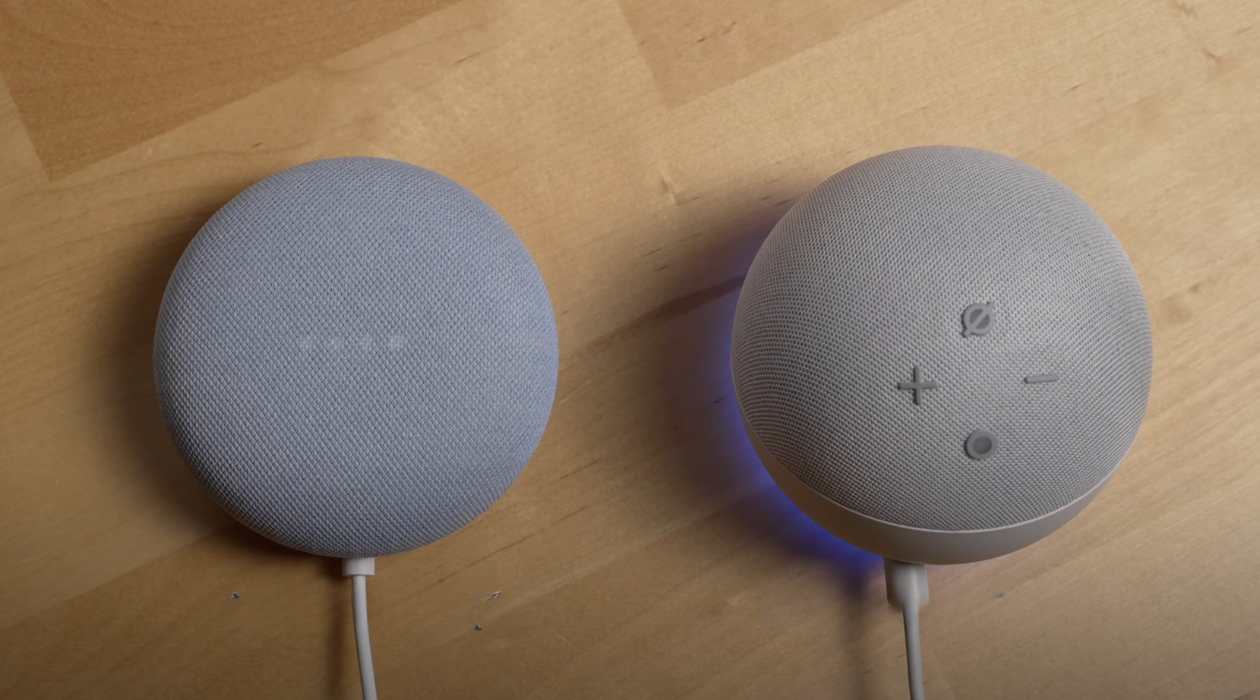
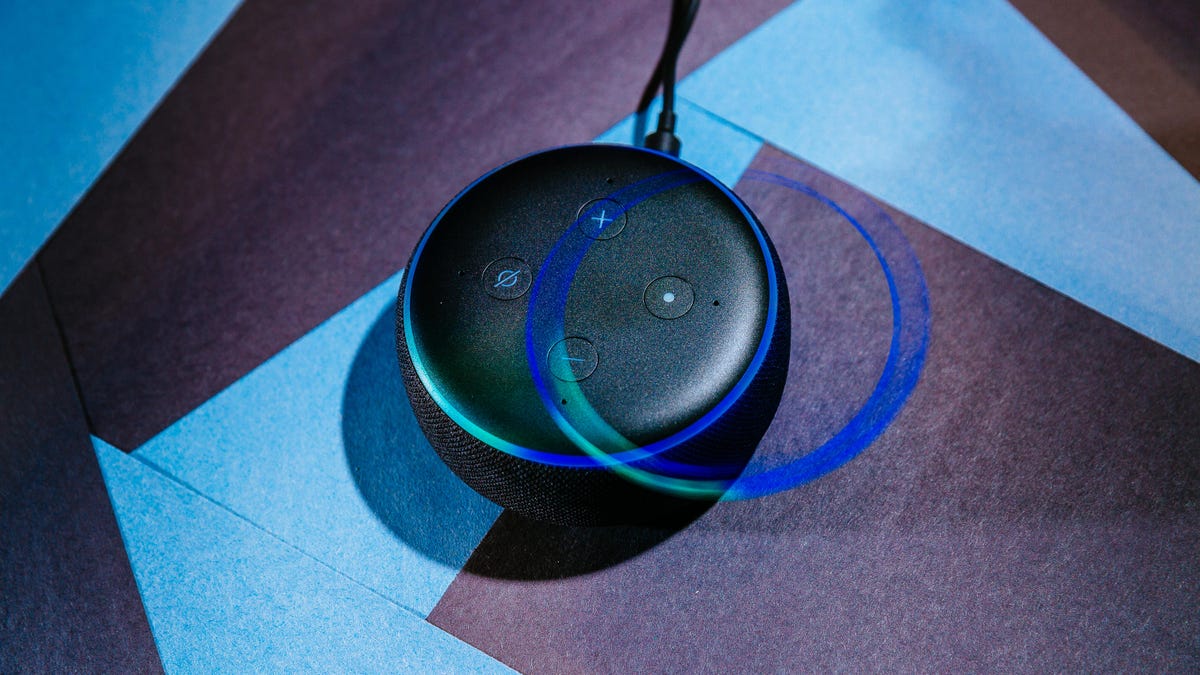
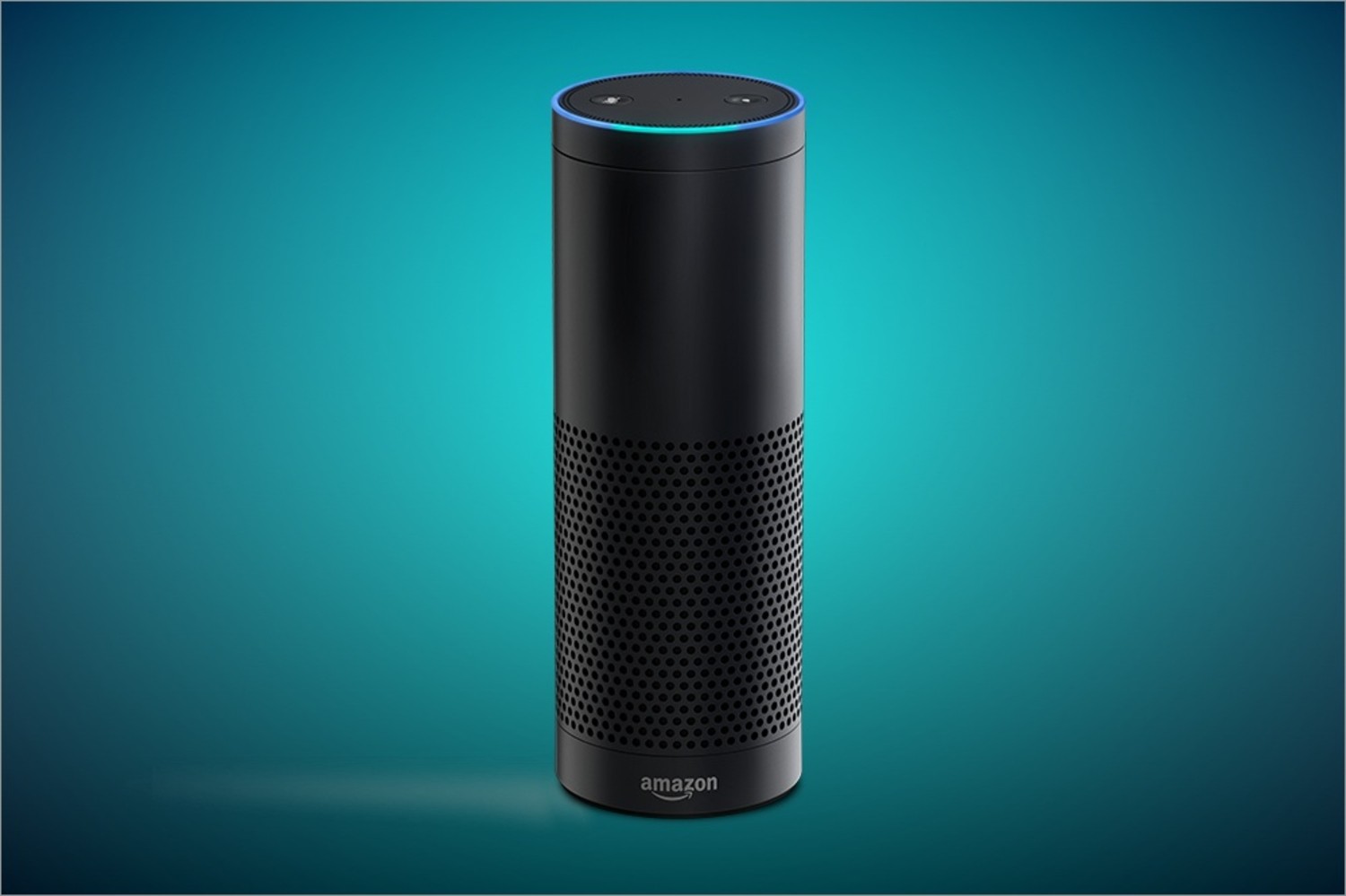
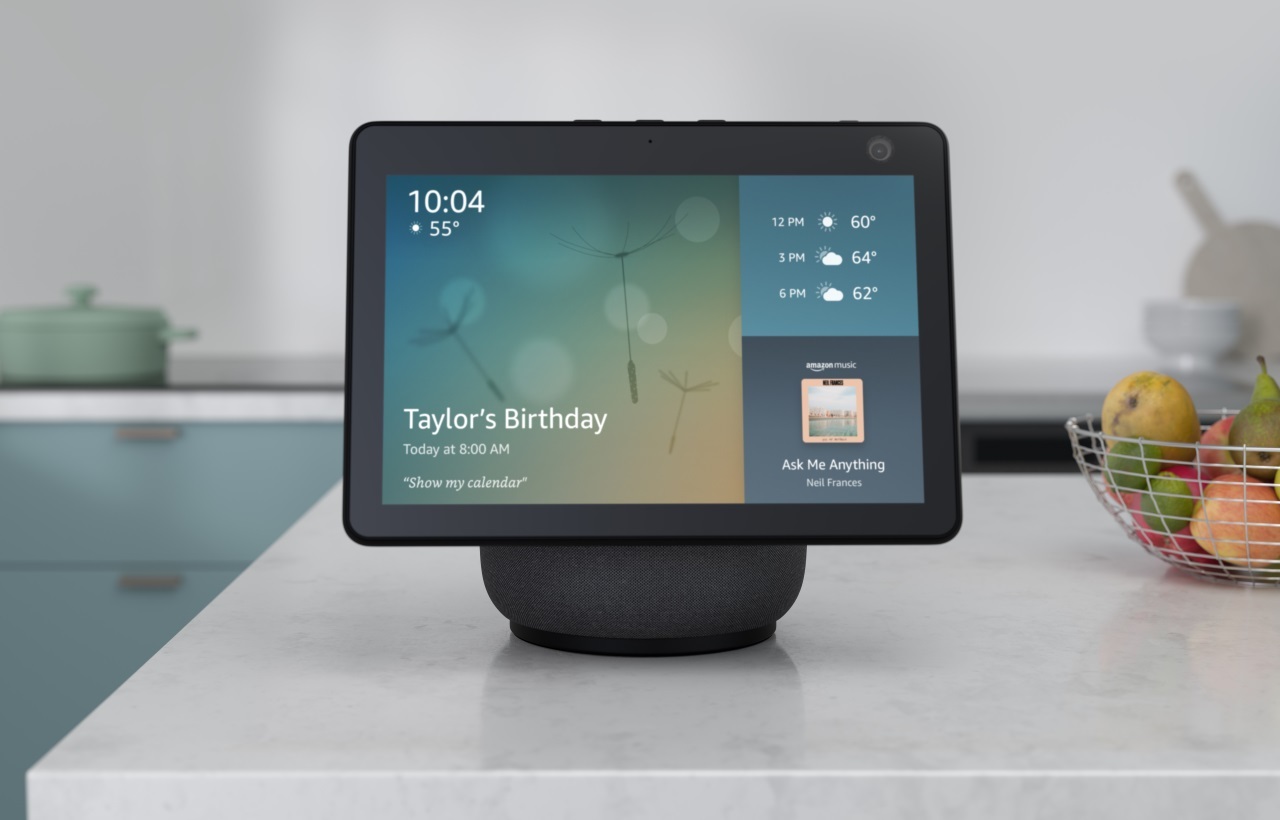
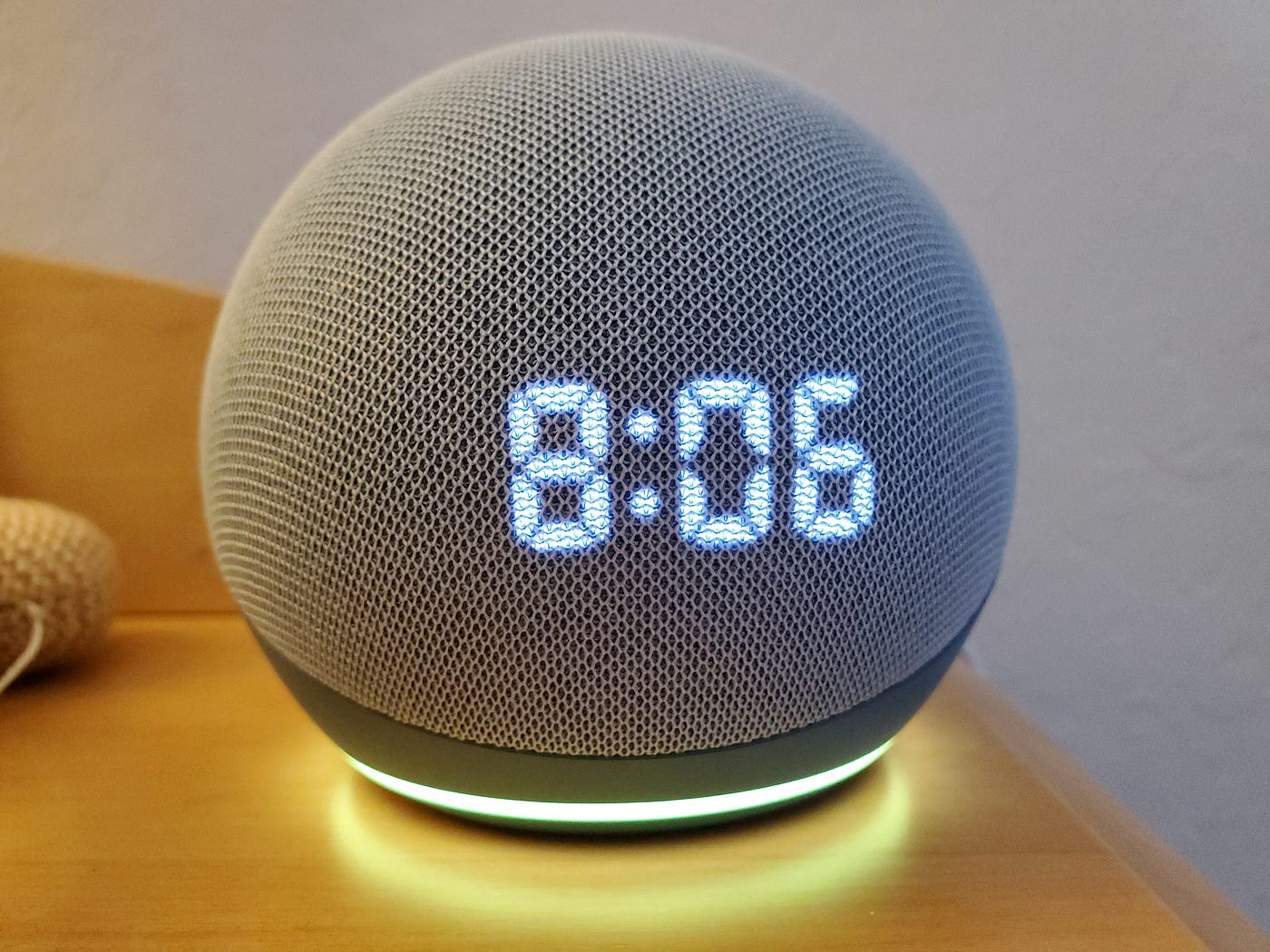
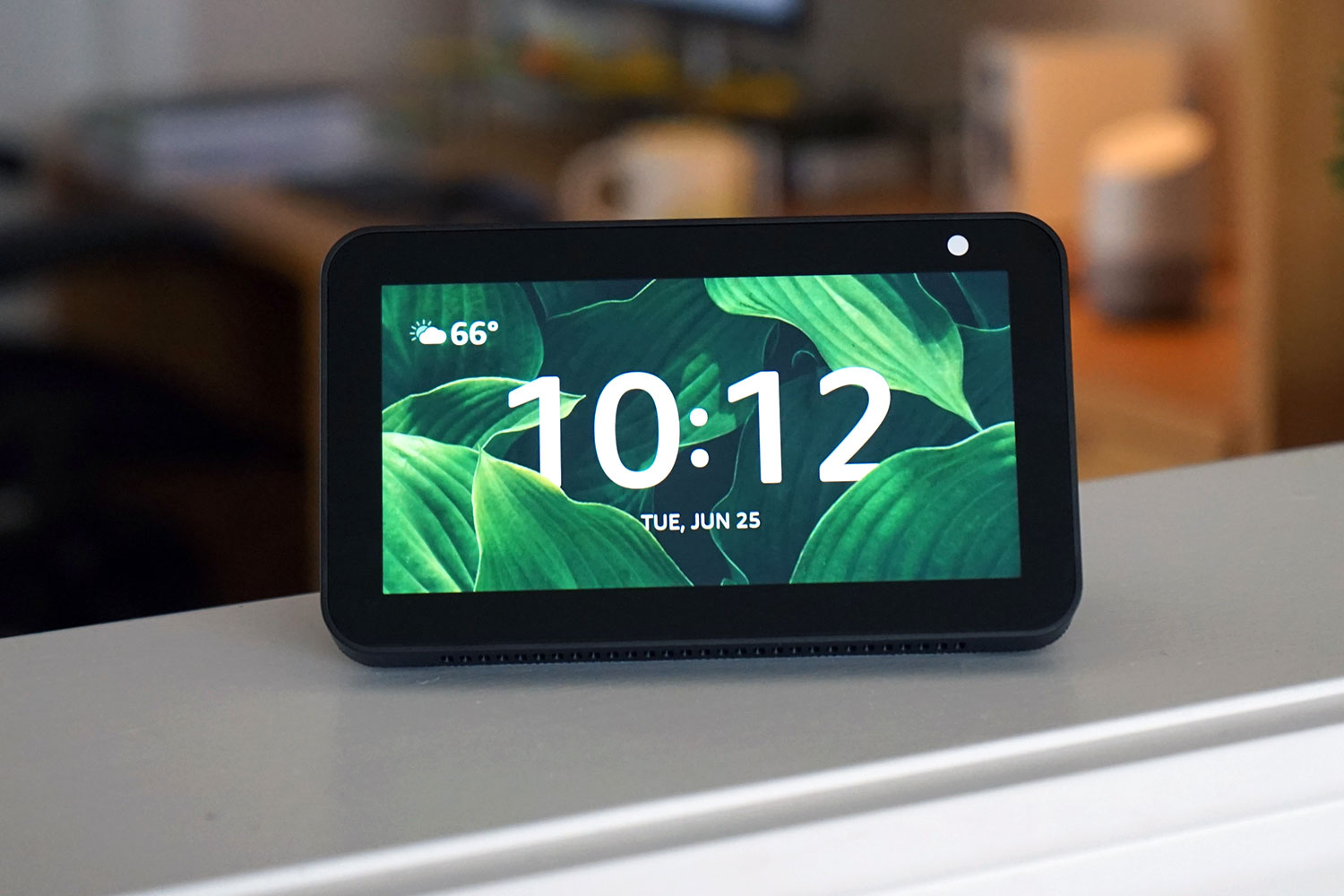
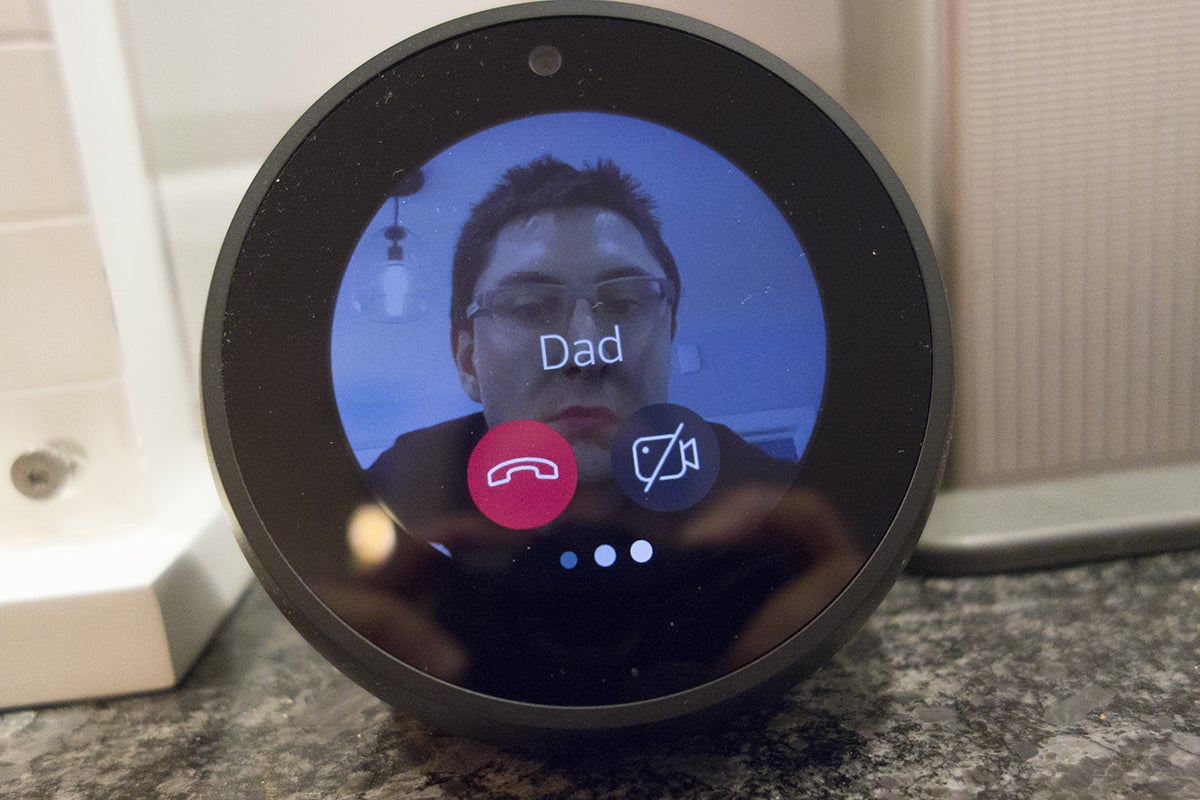
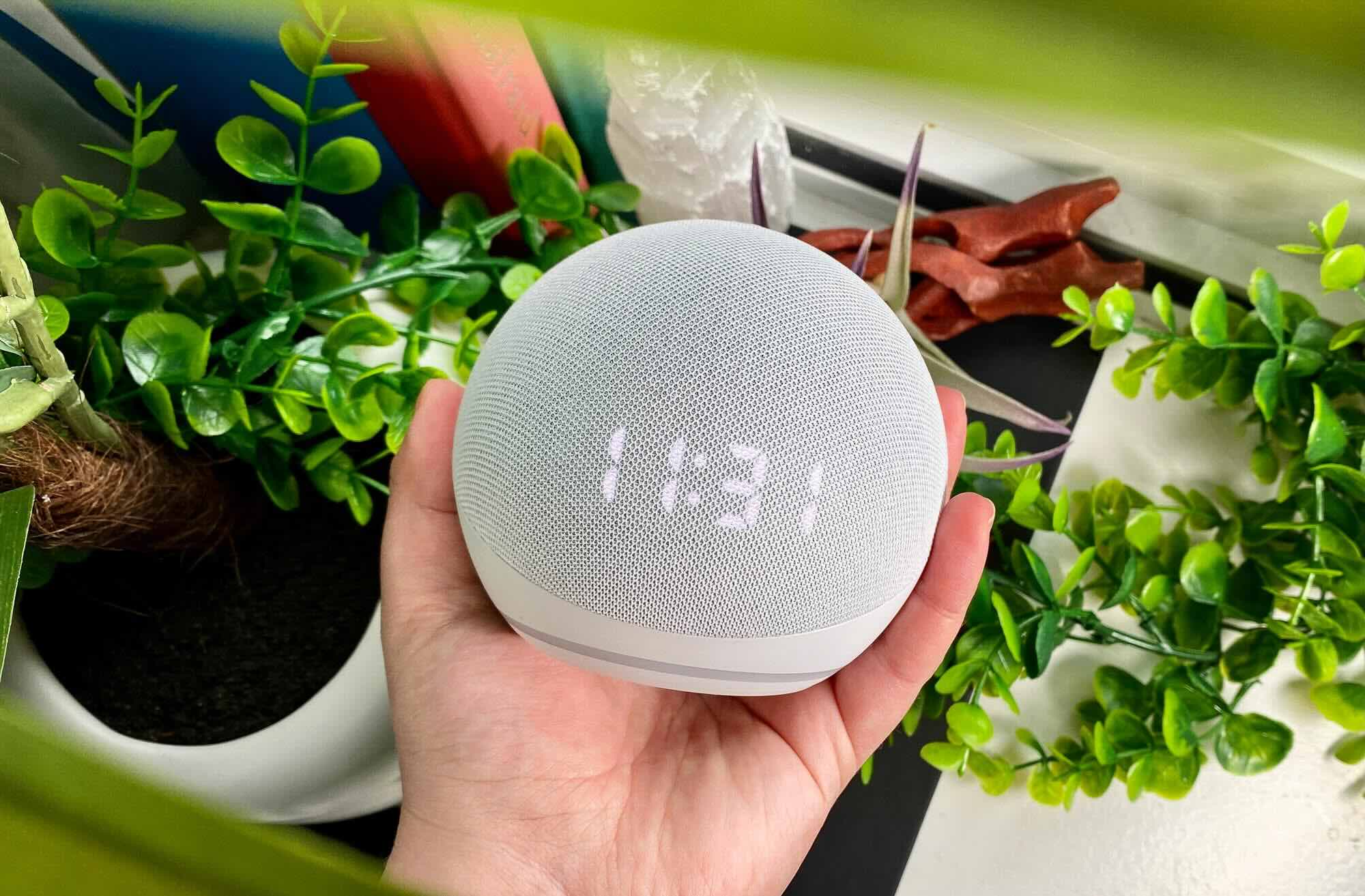
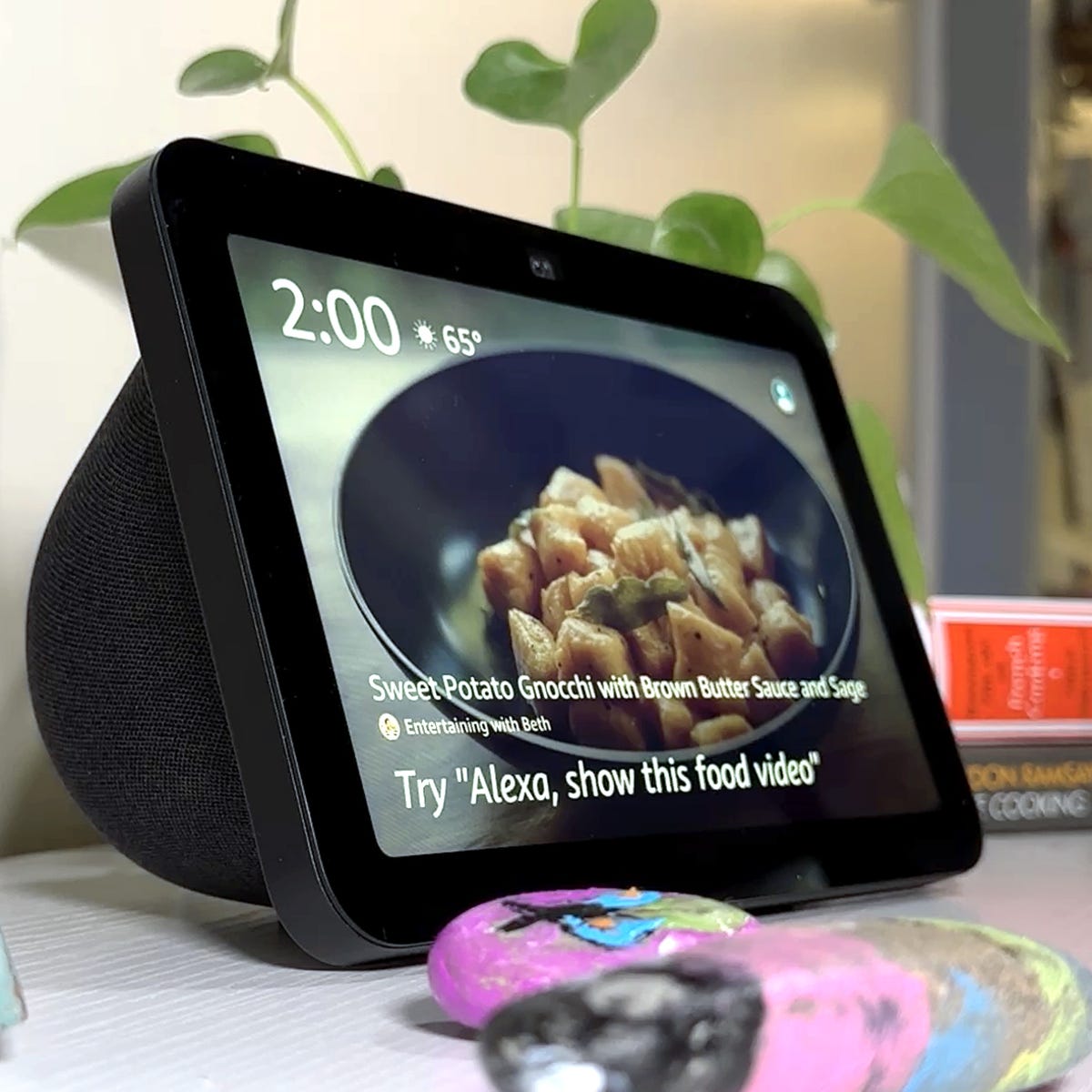
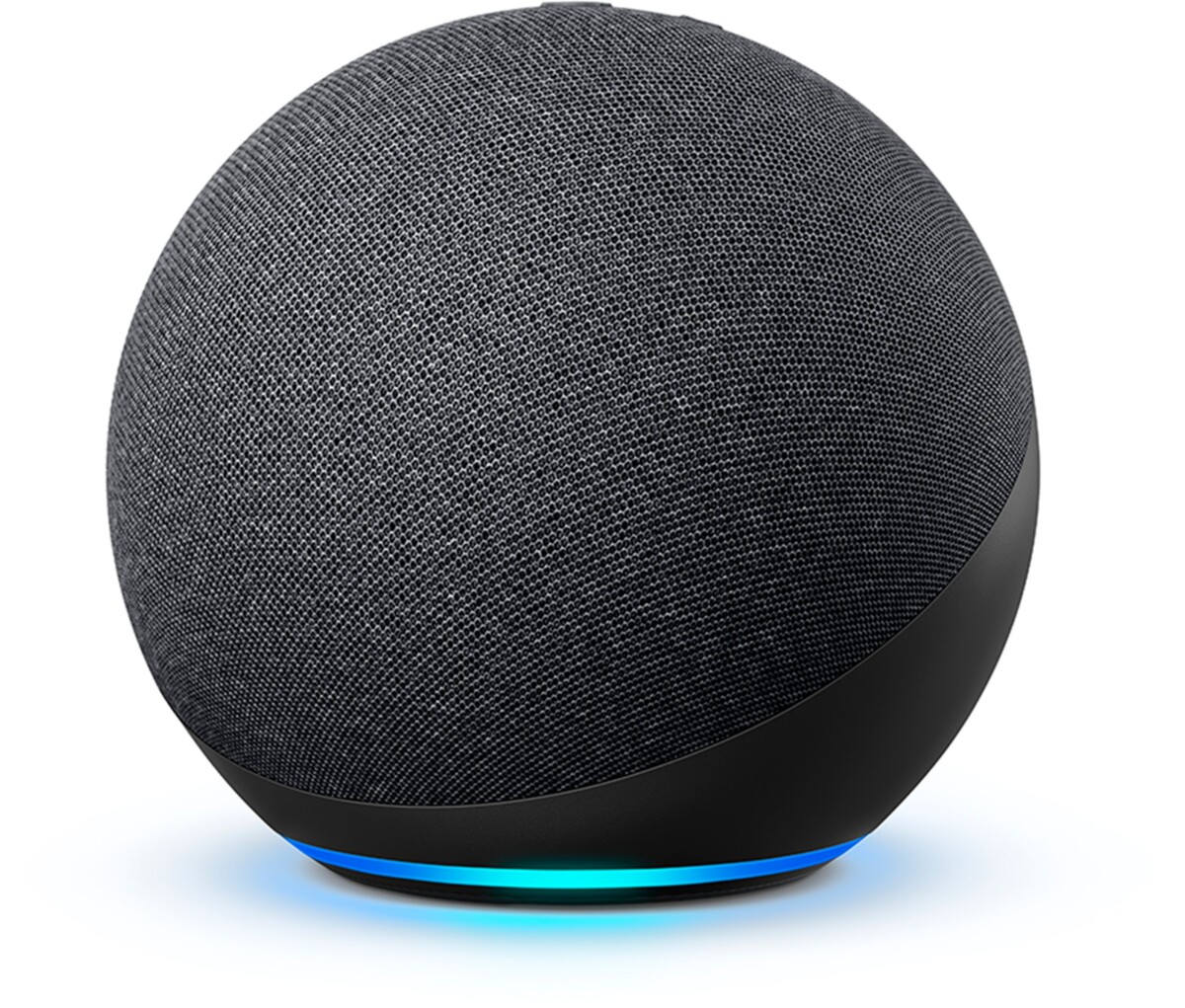
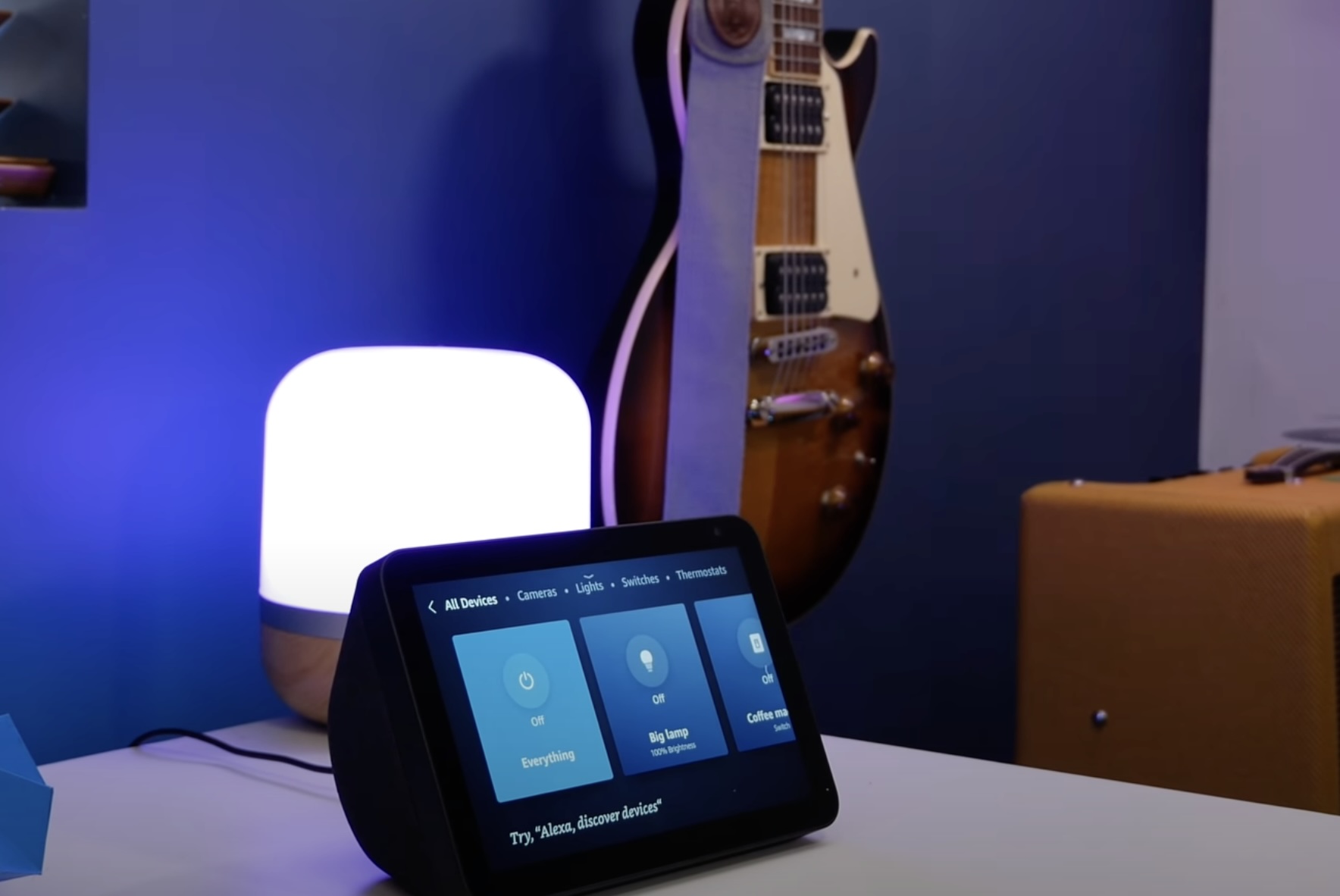
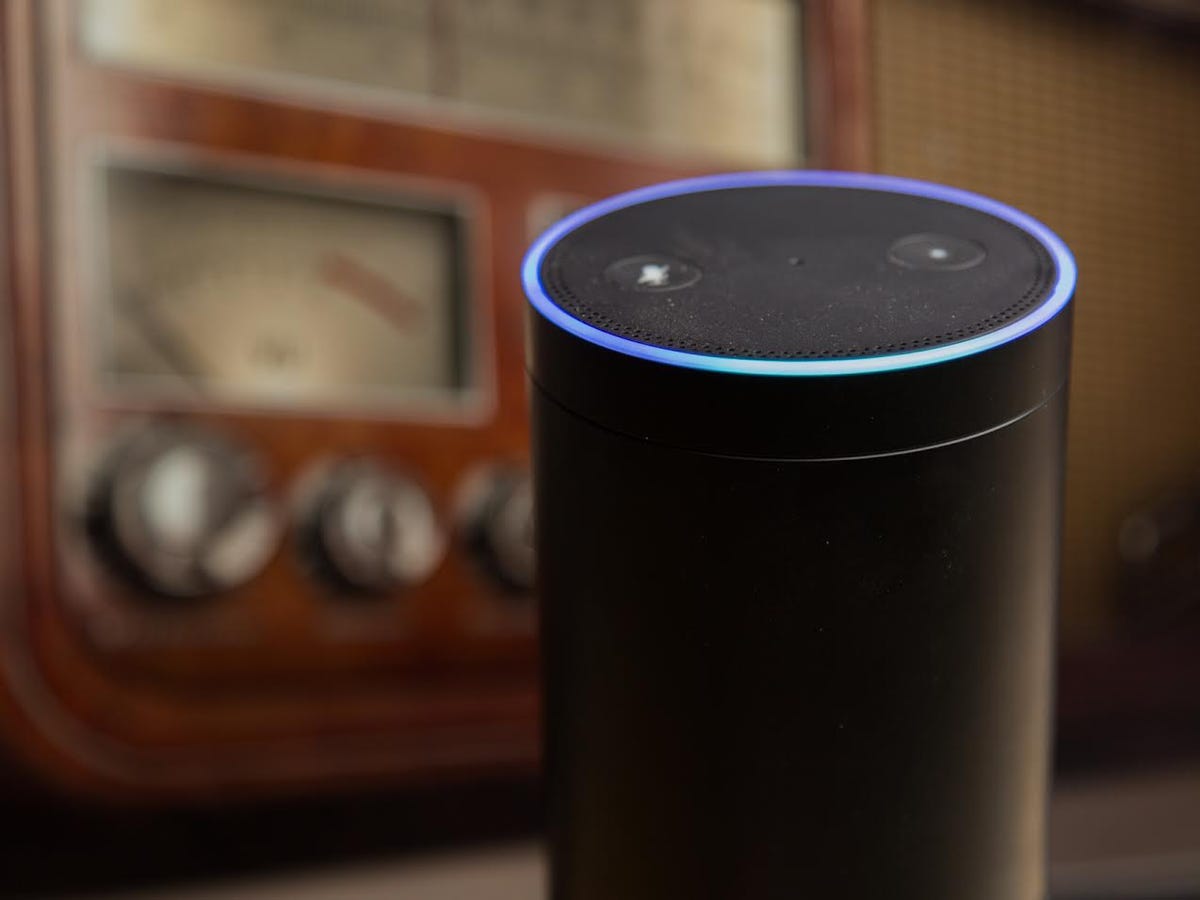
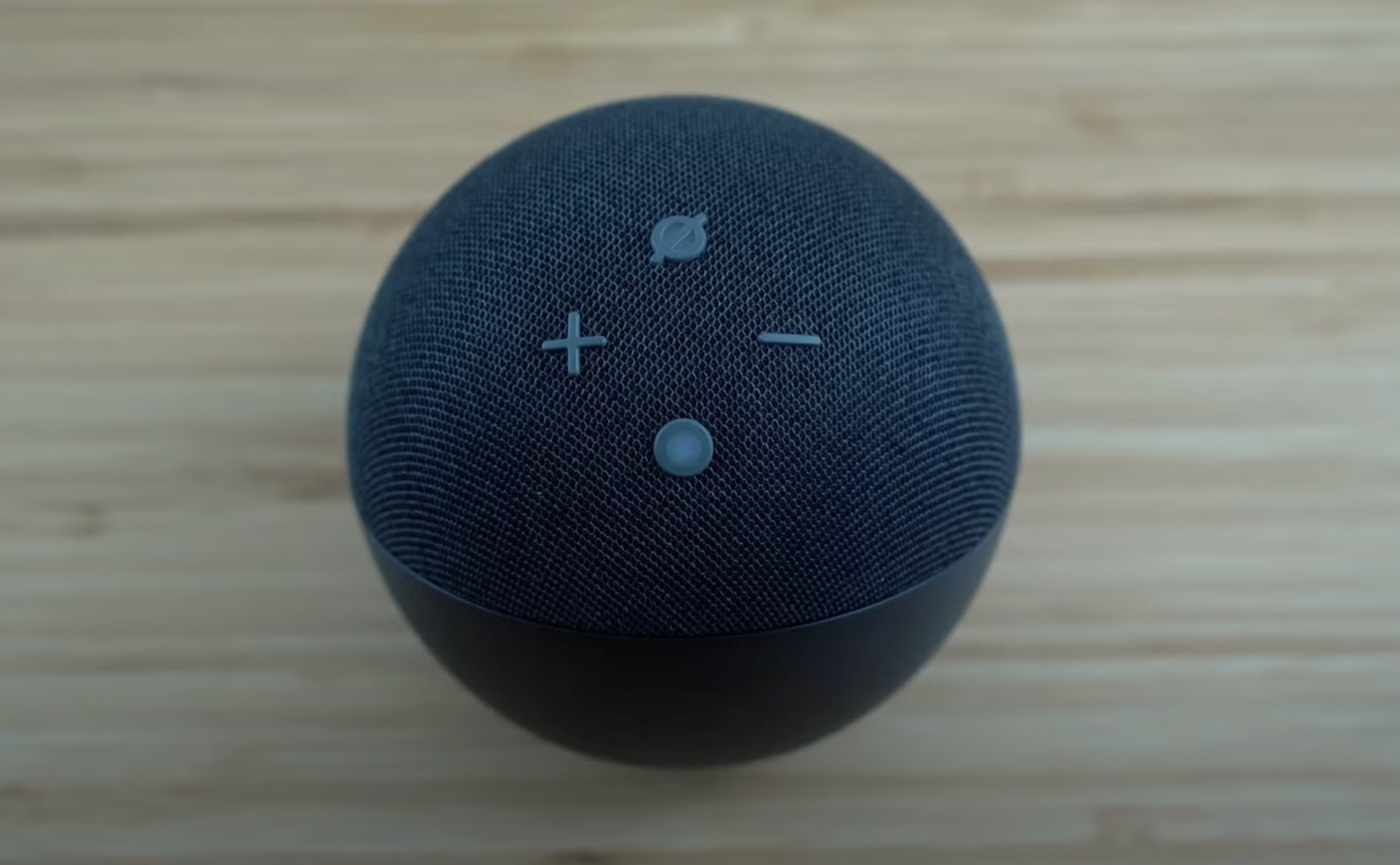

0 thoughts on “What Is Alexa Echo”